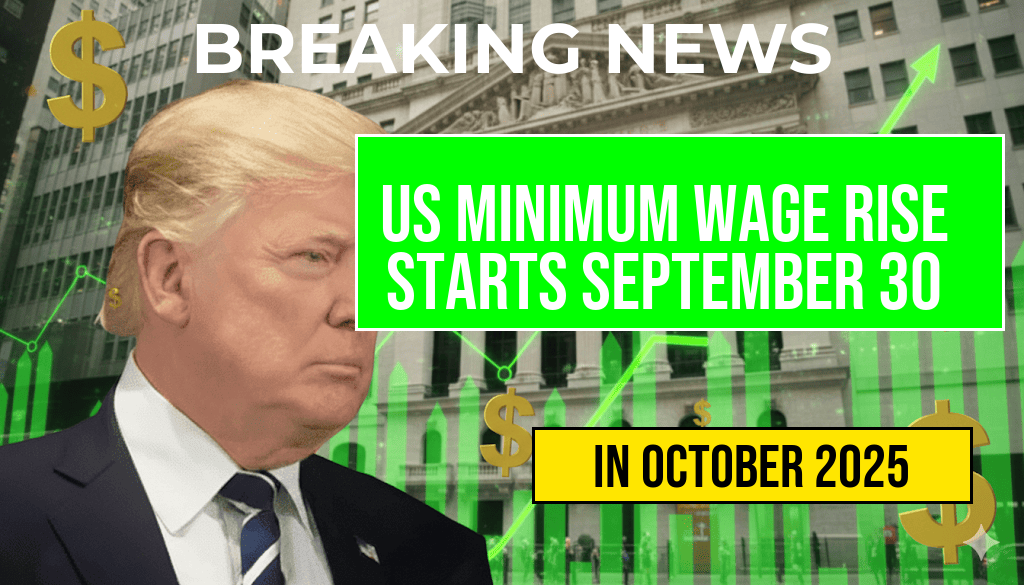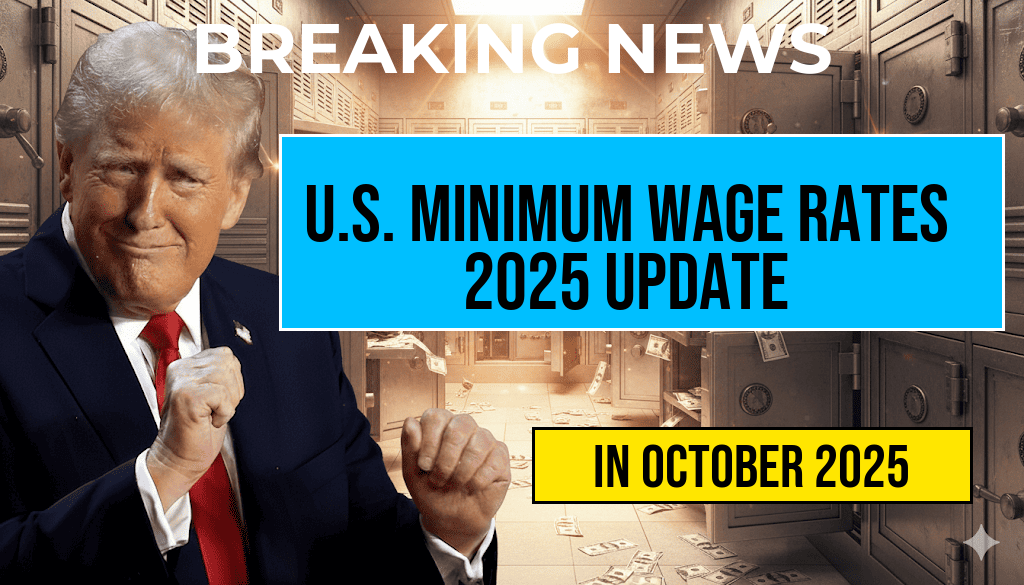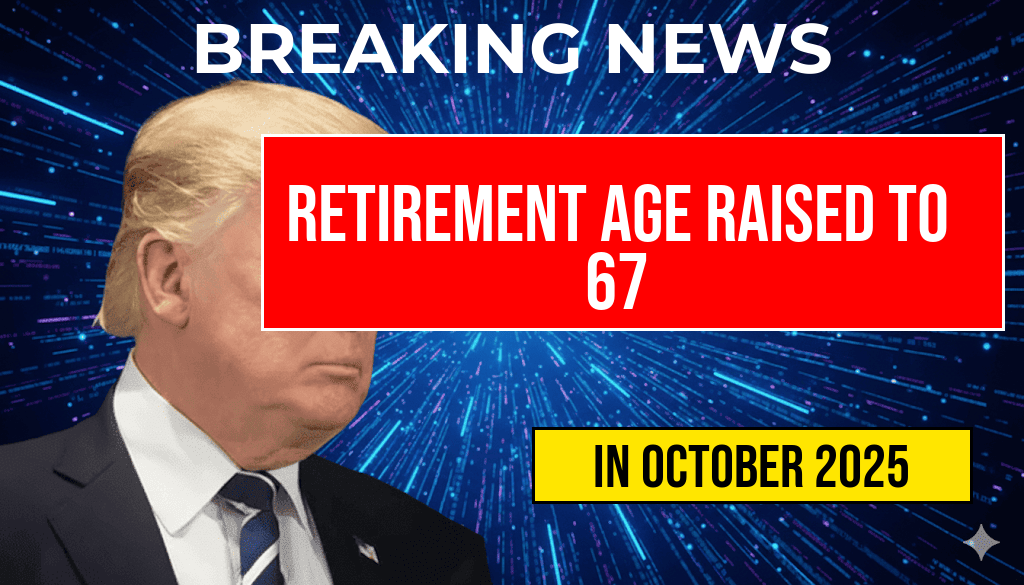The United States is set to implement a nationwide increase in the minimum wage starting September 30, 2025, impacting millions of workers across various sectors. This adjustment, mandated by recent legislative changes, aims to boost earnings for low-income employees and address rising living costs. The new hourly rates vary significantly by state and locality, reflecting regional economic conditions and cost-of-living differences. Employers and employees alike are preparing for the transition, which will influence payroll structures, staffing decisions, and consumer spending patterns. Below is a comprehensive list of the updated minimum wages, alongside insights into the factors driving these changes and their potential implications for the broader economy.
Understanding the 2025 Minimum Wage Increase
The increase in the federal minimum wage aligns with efforts to reduce income disparity and provide a more livable wage for American workers. The legislation, passed earlier this year, stipulates a phased approach, with certain jurisdictions implementing higher rates earlier based on local laws. The overall goal is to reach an average minimum hourly rate of $15.00 nationwide by 2026, though some states and cities will go beyond this benchmark. Notably, the adjustment considers inflation trends, labor market conditions, and political negotiations at both federal and state levels.
States and Localities Leading the Way
While the federal minimum wage will increase to $15.00 per hour in some areas, several states and cities already have minimum wages exceeding the federal baseline. These jurisdictions often set their rates based on cost-of-living indices and economic development priorities. For example, California and New York are expected to see some of the highest rates, surpassing the national average significantly. Employers operating within these regions are preparing for notable payroll adjustments, which could influence hiring and pricing strategies.
Key Factors Influencing Regional Variations
- Cost of Living: High-cost regions like San Francisco or Manhattan set higher wages to match local expenses.
- Legislative Mandates: Local laws sometimes establish minimum wages above state or federal levels.
- Economic Conditions: Areas with tight labor markets push wages upward to attract workers.
Full List of New Hourly Rates by State and Locality
| State/Locality | New Minimum Hourly Rate |
|---|---|
| Alabama | $8.20 |
| California | $16.50 |
| Colorado | $13.65 |
| Florida | $11.50 |
| Illinois | $14.00 |
| New York | $16.00 |
| Texas | $10.50 |
| Washington | $15.74 |
| Washington D.C. | $16.10 |
| Massachusetts | $15.75 |
Some regions are scheduled to see rapid increases, with California and New York leading the charge. Conversely, states with lower living costs, such as Alabama and Texas, will experience more modest adjustments. These disparities reflect ongoing debates about the balance between supporting workers and maintaining regional economic competitiveness.
Impacts on Businesses and Workers
Employers are reevaluating their wage structures ahead of the September 30 implementation date. Small businesses, in particular, may face challenges managing increased payroll costs, prompting considerations around automation, staffing levels, and pricing strategies. Conversely, higher wages could lead to increased consumer spending, benefiting local economies and potentially stimulating job growth in certain sectors.
For workers earning minimum wage, the adjustment could significantly improve purchasing power, especially in cities where the rate exceeds the federal baseline. However, some critics warn that rapid wage hikes might lead to inflationary pressures or reduced employment opportunities if businesses cut hours or delay hiring.
Legal and Policy Context
The 2025 wage increase follows a broader trend of states and localities setting their minimum wages above the federal minimum, which has remained at $7.25 since 2009. The federal push aims to standardize wages nationwide, but regional economic realities continue to drive variation. The legislation also incorporates provisions for periodic reviews to adjust wages further based on economic indicators, ensuring the policy remains responsive to changing conditions.
For more on the legislative background and future wage policy considerations, visit the official [U.S. Department of Labor](https://www.dol.gov/) and [Wikipedia’s Minimum Wage](https://en.wikipedia.org/wiki/Minimum_wage) pages.
Frequently Asked Questions
What is the effective date of the new U.S. minimum wage rates?
The new U.S. minimum wage rates will take effect on September 30, 2025.
Which states or regions are affected by the minimum wage increase?
The full list of new hourly rates applies to various states and regions across the United States, with specific rates depending on local legislation and regulations.
What are the new minimum wages for different categories of workers?
The updated hourly rates vary by state, industry, and worker classification. Details on each category are provided in the official list accompanying the article.
How does the minimum wage increase impact employers and employees?
The increase in minimum wages aims to improve worker compensation and living standards, while employers may need to adjust their payroll budgets accordingly.
Where can I find the full list of the new hourly rates?
The full list of new hourly rates is included in the article and can also be accessed through official government websites for the most accurate and updated information.








